
Sir Walter Nash was a New Zealand politician who served as the 27th prime minister of New Zealand in the Second Labour Government from 1957 to 1960. He is noted for his long period of political service, having been associated with the New Zealand Labour Party since its creation.

Sir Arnold Henry Nordmeyer was a New Zealand politician and Presbyterian minister. As a member of Parliament (MP) he played a crucial role in the Labour Party, serving from 1935 to 1969. He served as minister of finance (1957–1960) and later as leader of the Labour Party and leader of the Opposition (1963–1965). Although he was a prominent statesman, Nordmeyer never ascended to the role of prime minister.
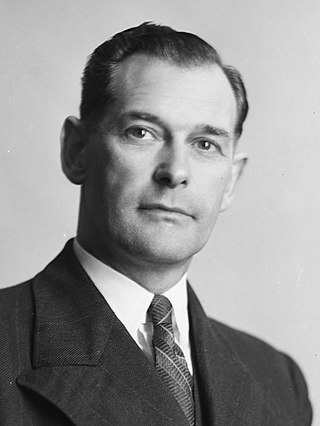
The 1960 New Zealand general election was a nationwide vote to determine the shape of the New Zealand Parliament's 33rd term. It saw the governing Labour Party defeated by the National Party, putting an end to the short second Labour government.

The 1963 New Zealand general election was a nationwide vote to determine the shape of New Zealand Parliament's 34th term. The results were almost identical to those of the previous election, and the governing National Party remained in office.

The 1966 New Zealand general election was a nationwide vote to determine the shape of the New Zealand Parliament's 35th term. It saw the governing National Party win a third consecutive term in office. It was also the first time since the 1943 election that a minor party won a seat in Parliament.

Robert James Tizard was a Labour politician from New Zealand. He served as the sixth deputy prime minister, the minister of Finance, minister of Health and minister of Defence.
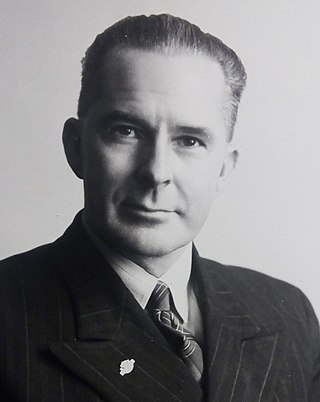
Clarence Farrington Skinner, commonly known as Jerry or Gerry Skinner, was a Labour politician from New Zealand, the third deputy prime minister of New Zealand between 1957 and 1960, and a minister from 1943 to 1949 and 1957 to 1960 in the First and Second Labour governments.

Frederick Hackett was a New Zealand politician of the Labour Party. He was a minister in both the First and Second Labour Governments of New Zealand and later the deputy leader of the opposition.
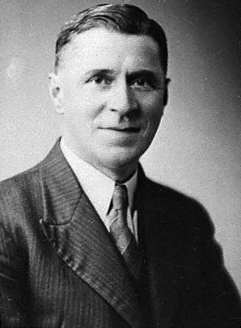
Frederick Jones was a New Zealand trade unionist, Member of Parliament and the Defence Minister during World War II. His biographer stated that Jones "...symbolised the ordinary Labour man: modest, hard working, patient, tolerant, and above all, loyal."

Michael Moohan was a New Zealand politician of the Labour Party. Seldom known to anyone by anything other than "Mick", he was a major organisational figure in the Labour Party's early history and went on to become a significant politician in his own right as an MP and cabinet minister.

Allan "Martyn" Finlay was a New Zealand lawyer and politician of the Labour Party. He was an MP in two separate spells and a member of two different governments, including being a minister in the latter where he reformed the country's justice system.
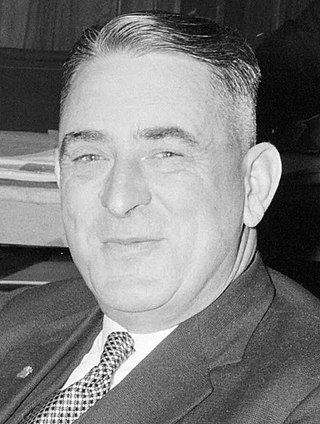
Philip George Connolly was a New Zealand politician of the Labour Party.

Robert Alexander Wright was the Mayor of Wellington from 1921 to 1925, and a New Zealand politician of the Reform Party.

Philip North Holloway was a New Zealand politician of the Labour Party.
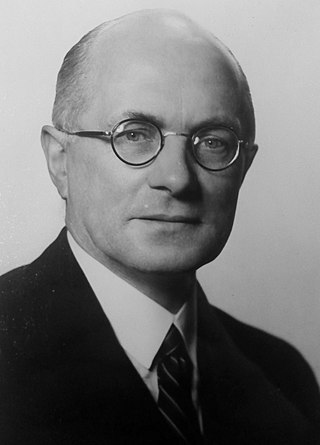
David Wilson was a New Zealand politician of the Labour Party. Through membership of the Legislative Council, he was a minister in the First Labour Government.
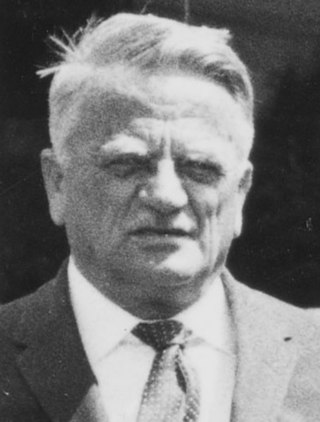
Philip Oscar Selwyn Skoglund was a New Zealand politician of the Labour Party who served as a cabinet minister.
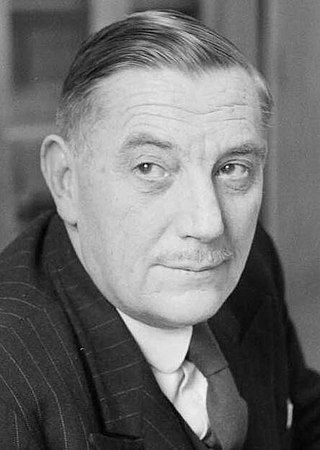
Raymond Boord was a New Zealand politician of the Labour Party.

William John Lyon was a New Zealand politician of the Labour Party. He was killed in World War II while serving with the 2nd New Zealand Expeditionary Force.

The Hutt by-election was a by-election in the New Zealand electorate of Hutt, an urban seat at the bottom of the North Island. The by-election was held on 18 December 1929, and was precipitated by the resignation of sitting United member of parliament Thomas Wilford on who had been appointed the High Commissioner to the United Kingdom by Prime Minister Joseph Ward. The by-election was contested by Walter Nash of the Labour Party, James Kerr from the United Party and Harold Johnston of the Reform Party. The lead up to the by-election was marred by harsh words between candidates.

The 1963 New Zealand Labour Party leadership election was held on 26 February to choose the sixth leader of the New Zealand Labour Party. The election was won by Island Bay MP Arnold Nordmeyer.
























